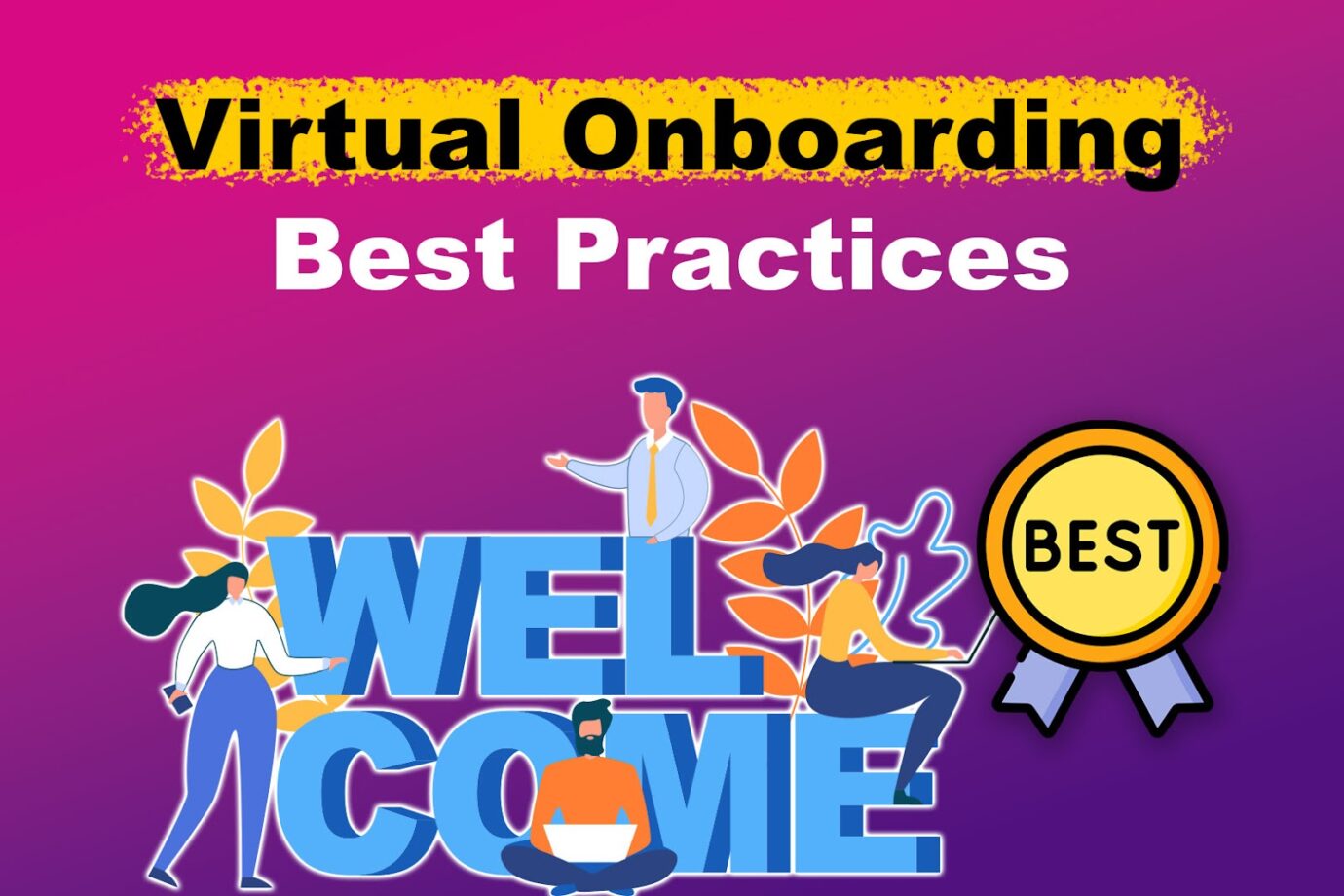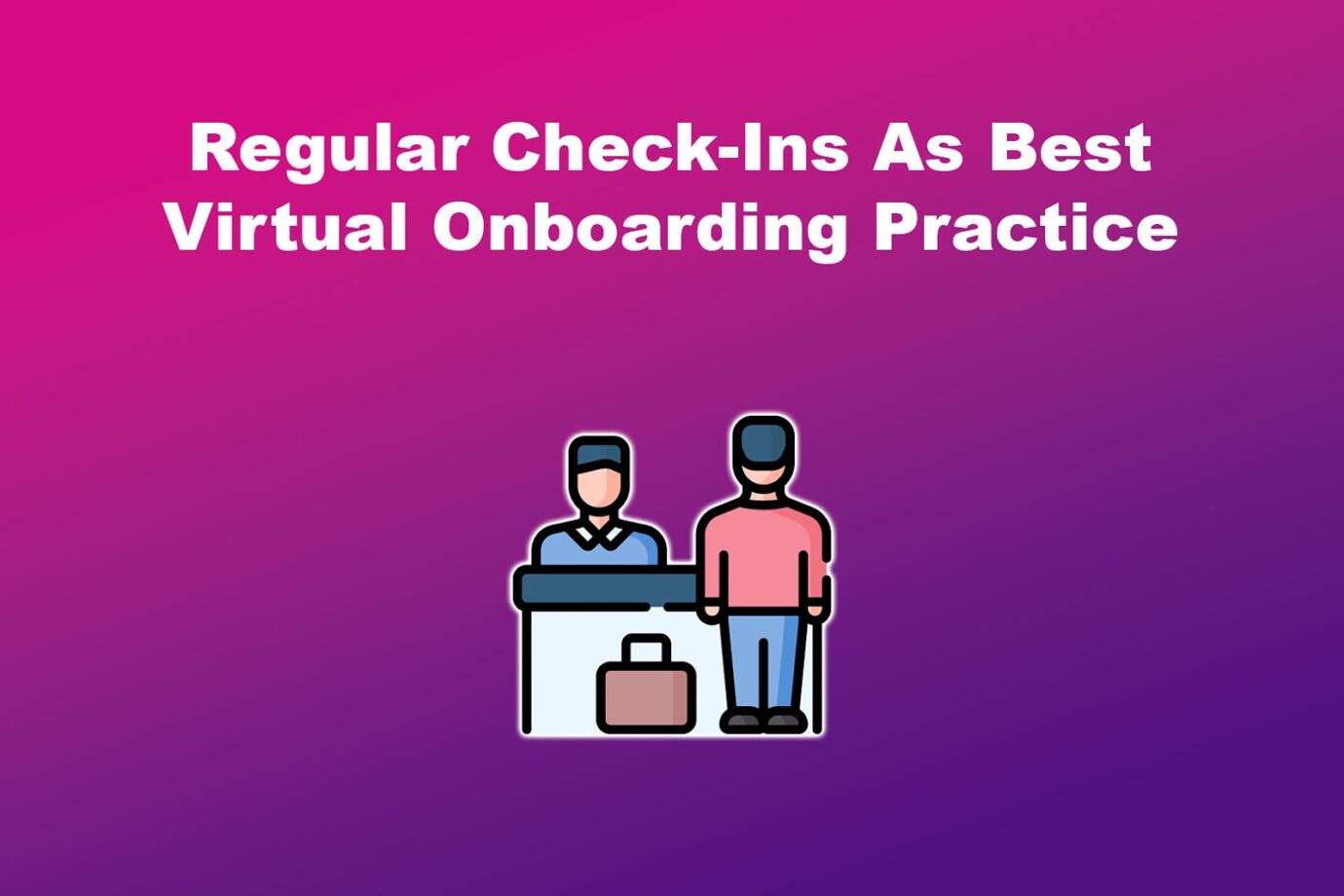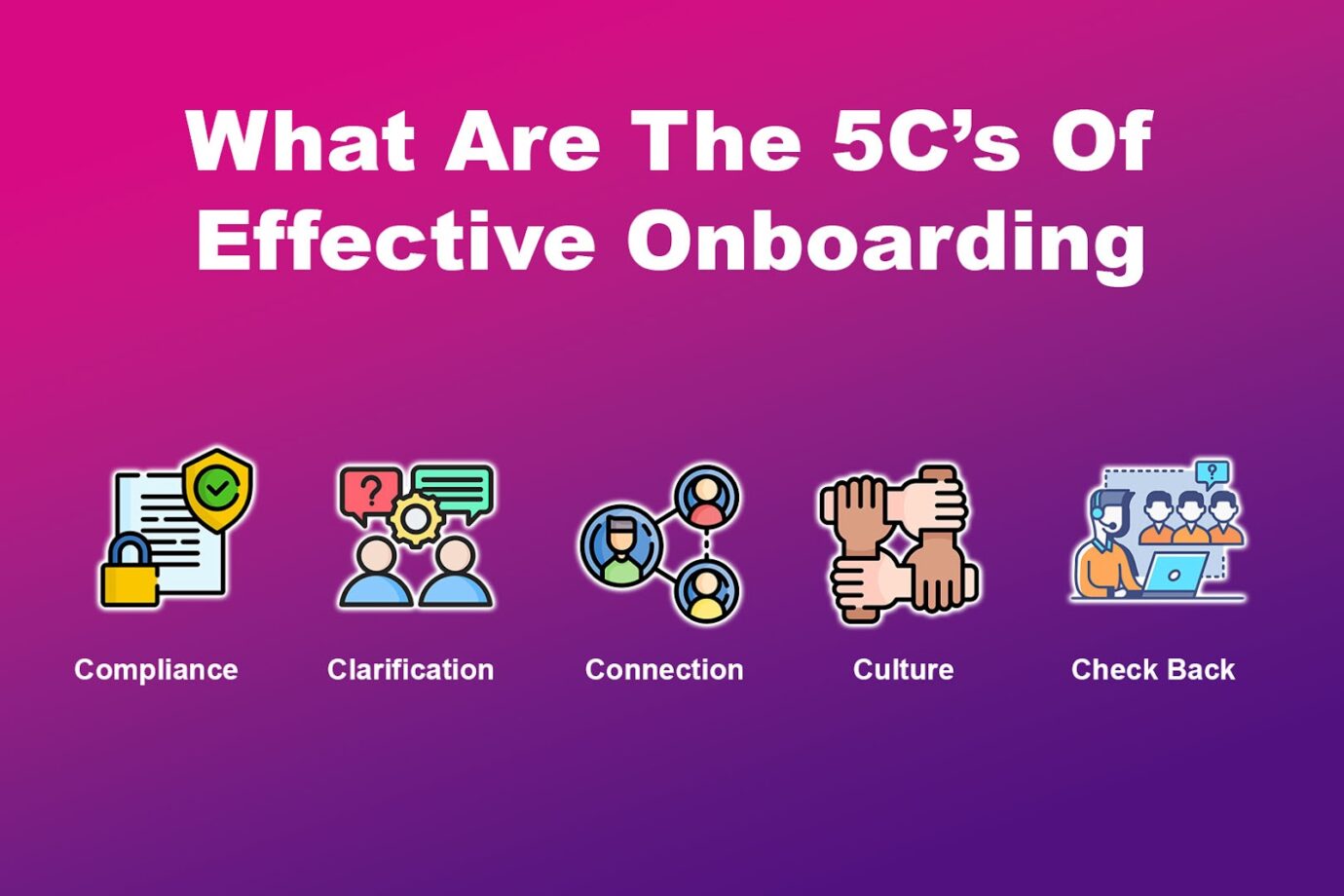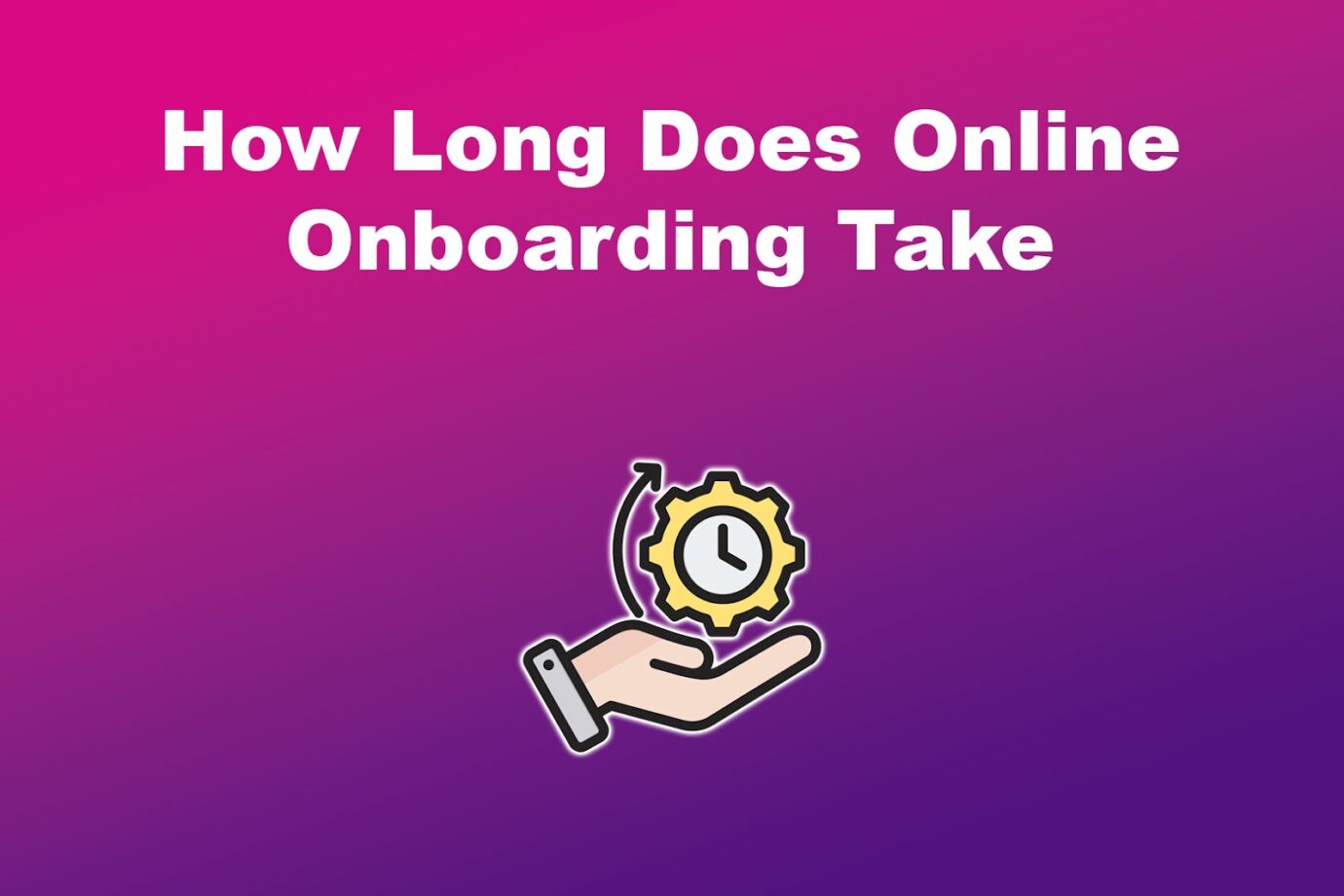Virtual onboarding has taken center stage as organizations adapt to the new era of remote work. It not only saves time and cost but also boosts productivity. However, onboarding remote employees can be challenging without a solid plan.

Thus, learning the best virtual onboarding practices is crucial to success. In this article, we will explore the best onboarding practices and help you understand the meaning of virtual onboarding and some of its challenges.
What Is Virtual Onboarding?
Virtual or remote onboarding refers to onboarding new employees without an in-person orientation. New hires are onboarded remotely through digital tools, technology, and online platforms. This allows firms to complete the traditional onboarding steps more efficiently.
While it is particularly beneficial for remote workers, companies with multiple offices can also minimize in-person meetings and complete many tasks remotely.
9 Virtual Onboarding Best Practices
Below are the nine virtual onboarding best practices:
1. Pre-boarding Preparation
Pre-boarding refers to the activities and preparation that occur before the official onboarding. It includes a personal welcome, necessary paperwork, documentation, access permissions, schedule and agenda, company information, and history.
This information is crucial to help new hires feel informed, welcomed, and prepared for their upcoming role.
2. Prepare a Welcome Kit
If you want to make a great first impression on new hires, send them a welcome kit. This kit can include a book expressing your commitment to employee development, calendars, and notepads ideal for remote work.

You can also include a note sharing why you are excited to have them on board and the company culture and swag.
Note: You may need to send the welcome kit to your new hire via courier. Consider the delivery time and send the kit ahead of schedule.
3. Set Up the Right Technology
One of the best virtual onboarding practices is having the right technology. You may need the right onboarding software, including HR software to streamline the recruitment process, e-signing tools, headphones, external monitors, help desk software, and more.
These tools can automate workflow, generate reports, centralize the platform, and provide data and analytics. However, virtual employees should install the software before starting, configure security settings, and troubleshoot issues to minimize technical problems.
Learn more about how setting up the right technology can help remote workers.
4. Implement the Buddy System
You can assign an experienced employee as a mentor or buddy to help new hires navigate the workplace and improve collaboration, productivity, and engagement. This can also reduce anxiety, as the buddy can provide emotional support.
However, before assigning a buddy, ensure they want the role and understand the company’s culture and values to avoid misunderstandings.
5. State Your Goals and Expectations
In addition to assigning a buddy, stating your goals and expectations is another good virtual onboarding practice. Make sure your new hire understands what your goal looks like. Take them through your way of working and review the expected outcome and the necessary steps.

You can communicate your expectations using a mind map or a checklist. For example, if a content writer joins your team, you can create a checklist with the required outline and writing format steps. This will help them understand and remember the information.
6. Use Videos to Explain Things
Video instructions can be a great way of engaging new hires. They combine visual and auditory elements, catering to different learning styles. These factors make it easier for virtual employees to understand and retain information. You can also use videos to demonstrate complex software tools, processes, and tasks.
Videos ensure consistent information delivery, avoiding distractions from verbal explanations. Additionally, videos can be accessed anytime, anywhere, making them ideal for remote employees in different time zones.
7. Get Your Company Culture to Life
Another best virtual onboarding practice is ensuring new hires understand the company’s culture and code of conduct. You can organize virtual sessions to showcase how the company’s culture has influenced important decisions and shaped its history.
Besides, you can ask employee resource groups to create a video describing the company’s vision and mission to give new hires a stronger sense of the company’s values.
8. Regular Check-Ins
It is essential to regularly check in with new hires to discuss their progress, any challenges they may be facing, and opportunities for improvement and trust building.

Doing so can help new hires feel supported and comfortable in their roles and ensure everyone is on the same page.
9. Employee Feedback and Adaptation
Employee feedback and adaptation wrap up virtual onboarding best practices. A new hire survey can highlight areas of success and areas for improvement in the early employee experience.
It can also help you understand each employee’s unique perspective and how well they have fit into your company’s culture. This allows you to identify corrective measures to reinforce the cultural message.
Find out more best virtual onboarding practices.
Is Virtual Onboarding Effective?
Yes, virtual onboarding is effective. Organizations can benefit from it by improving efficiency, saving time and cost, increasing convenience, and increasing productivity and scalability. It can also create a beautiful environment that motivates employees.
In addition, remote onboarding technology can improve job performance by aiding in information retention. Therefore, adopting virtual onboarding can significantly impact the hiring industry.
What Are the 5 Cs of Effective Onboarding?
The 5 Cs of effective onboarding are compliance, clarification, culture, connection, and check-back. They aim to ensure new employees’ smooth and successful integration into an organization while maximizing their engagement, productivity, and satisfaction.

Let’s look at the 5C’s of effective onboarding in detail:
- Compliance.
This is the most crucial level of new hire integration into the new company. It includes ensuring new virtual employees understand and complete all the necessary paperwork, legal requirements such as employer agreements, and various trainings, including safety. - Clarification.
In this stage, the hiring manager provides clear information about the specific job aspects, company culture, responsibilities, and expectations. This is a crucial part of the onboarding process that allows employees to understand what is expected of them. - Connection.
Connecting new hires and relevant employees creates a sense of belonging. This can involve facilitating interactions with managers and other team members in their new environment. - Culture.
It’s vital to introduce new employees to the company culture. The company should ensure that all new hires understand its values, mission, vision, and how they fit into the bigger picture. - Check Back.
Regular check-ins are important in the early months. Schedule meetings to evaluate employee performance and prioritize employee satisfaction during transition. Job satisfaction contributes to employee retention.
Read more about the 5C’s of effective online onboarding.
How Long Does Online Onboarding Take?
Online onboarding usually takes three to six months, though some companies extend it to a year. Research shows that a complete onboarding program lasting the entire first year can increase employee efficiency, comfort, adaptation to business culture, and stronger employee relationships.

It’s important to note that a standardized onboarding process can increase employee retention by 50%, while a great onboarding experience can result in 69% of employees staying for at least three years.
Here’s more about how long online onboarding takes.
Pros and Cons of the Virtual Onboarding Process
Like any digital process, virtual onboarding has pros and cons. Here are the pros and cons of the virtual onboarding process:
Pros of the Virtual Onboarding Process
A proper onboarding plan can create a more consistent experience for new employees.
These are the pros of the virtual onboarding process:
- Improves Employee Retention.
A well-organized virtual onboarding process sets the tone for a new hire’s relationship with the organization. A positive experience helps create an immediate connection, boosting employee retention. - Increased Flexibility.
Virtual onboarding is more flexible than traditional onboarding. New hires do not need to be physically present to go through the process. Instead, they can attend from anywhere, giving them more options and freedom to choose how to attend. - Streamlines Human Resource (HR) Duties.
Remote onboarding simplifies HR tasks. Employee information can be easily created, stored, and tracked digitally without paperwork, and it can be centralized for easy reference.
Cons of the Virtual Onboarding Process
If you are curious about the benefits of remote onboarding and want to try it out, it’s essential to be aware of the challenges that come with it.
Here are the cons of the virtual onboarding process:
- Security Threats.
During virtual onboarding, sensitive information like identification documents and personal details may be shared digitally, making it vulnerable to security threats such as unauthorized access or data breaches. - Limited Engagement.
Due to a lack of personal interaction, new hires may feel disconnected from their peers and the organization. This can lead to poor results and a lack of immersive experience. - Changing Time Zones.
Communication and coordination can be challenging, especially when employees are in different time zones. It can be difficult to arrange something that works for everyone. For instance, imagine a member of a globally dispersed team clocking in while another member is clocking out. - Technology Challenges.
Some new hires may need help with digital tools during onboarding. Technical issues like poor internet connectivity or platform glitches can also cause frustration.